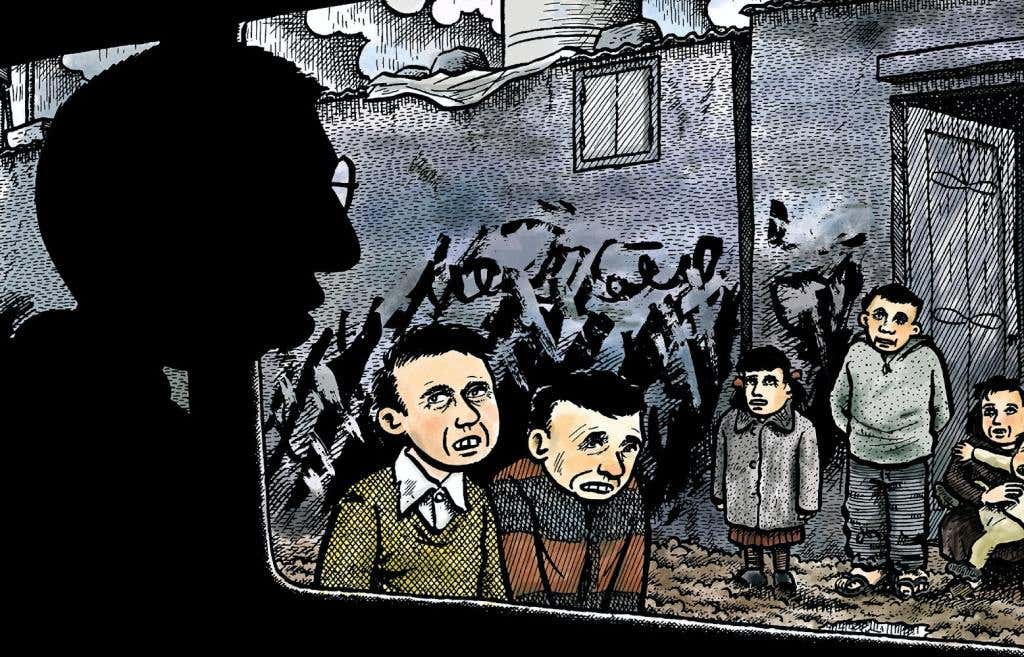This ‘90s Graphic Novel Can Give Insight Into Current Events

Due to the horrific tragedy that has taken place in Israel and its continuing aftermath, we are unveiling a special Beasley Best Community of Caring initiative focused on tolerance, respect, and empathy. For the next few weeks, we will publish features encouraging those values.
Last week, we wrote about a graphic novel called Maus, a book that details one Holocaust survivor’s story and the generational trauma experienced by his son (the writer and narrator of the book). This week, we look at Palestine, a 1993 graphic novel by journalist Joe Sacco. As we wrote about Maus last week, this isn’t an attempt to influence how you think about the current conflict in the Middle East. It is instead intended to help you understand some of the reactions to it.
Palestine has been compared to Maus. Maus writer Art Spiegelman complimented Sacco's work, saying, “In a world where Photoshop has outed the photograph as a liar, one can now allow artists to return to their original function - as reporters.”
Joe Sacco created the graphic novel based on an extended visit to the West Bank and Gaza Strip in the early 1990s. During that time, he conducted over 100 interviews with Palestinians and Jews. The book does take some time to attempt to explain the historical context of the Palestinian/Israeli conflict. But it’s more powerful when it simply shows the lives of the Palestinians, who are too often dehumanized in the media. Sacco has said, “I came from the standpoint of ‘Palestinian equals terrorist.’ That's what filtered down in the course of watching the regular network news.” This book definitely counters that harmful stereotype.
Regardless of all of the history that has led to the stories shared in the book, the unfair cruelty that Palestinians have endured is heartbreaking. And that heartbreak is compounded by the realization that the book was published thirty years ago, and the situation hasn’t gotten better (and in the past few weeks, it has gotten much worse). Regardless of your stance on the conflict, the human cost of this conflict is devastating. And this book brings that to light in a powerful and undeniable way.





